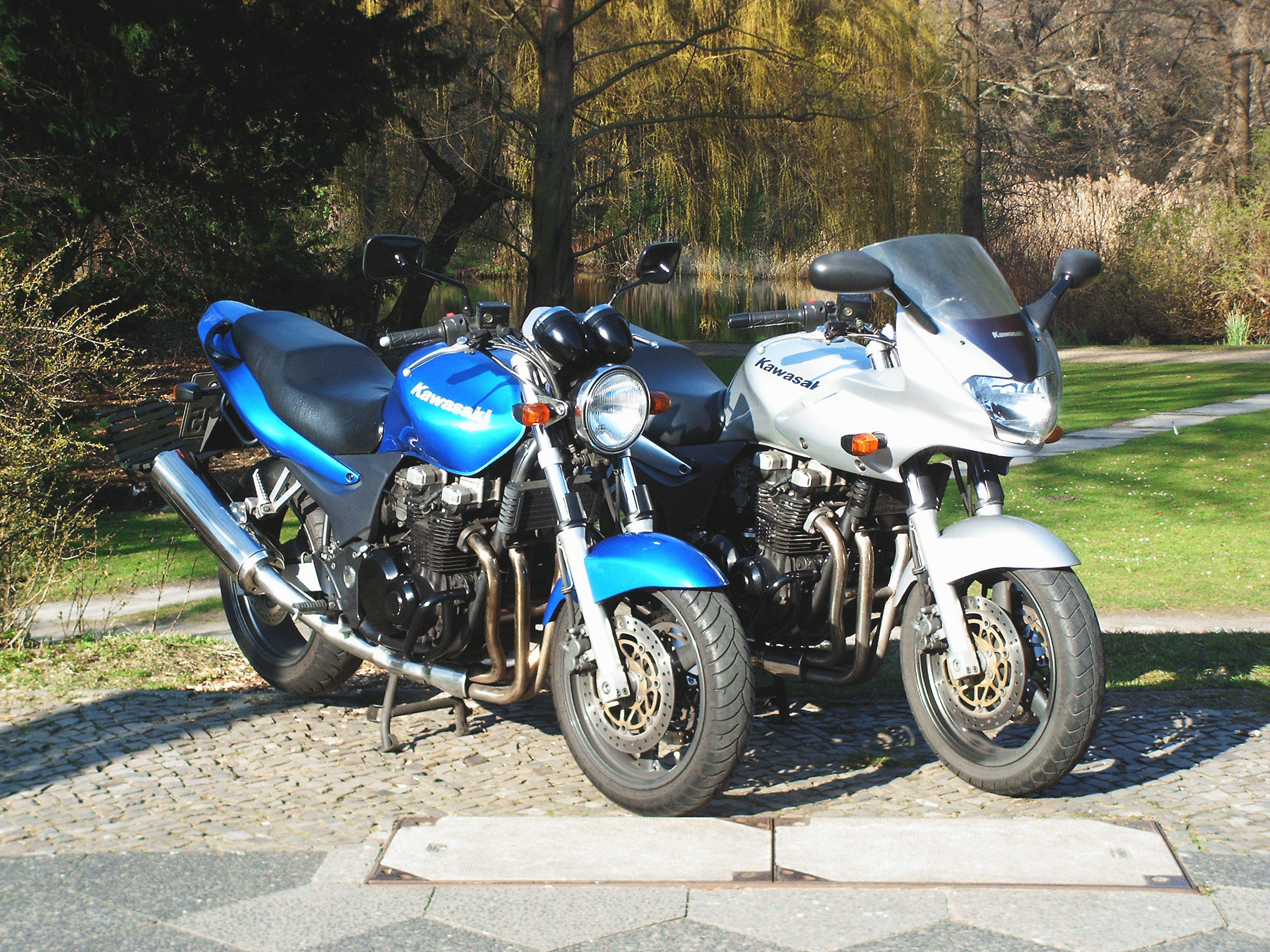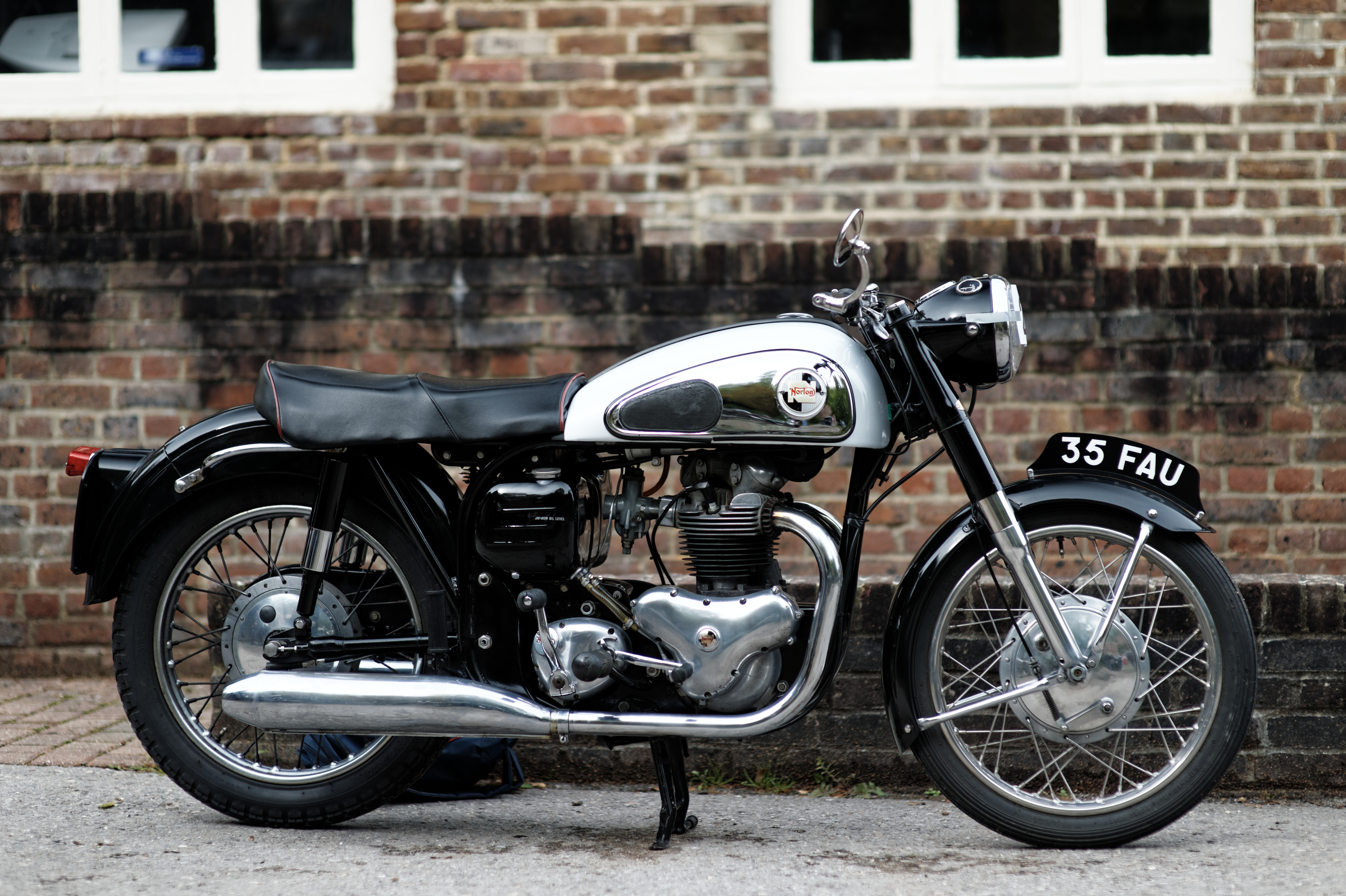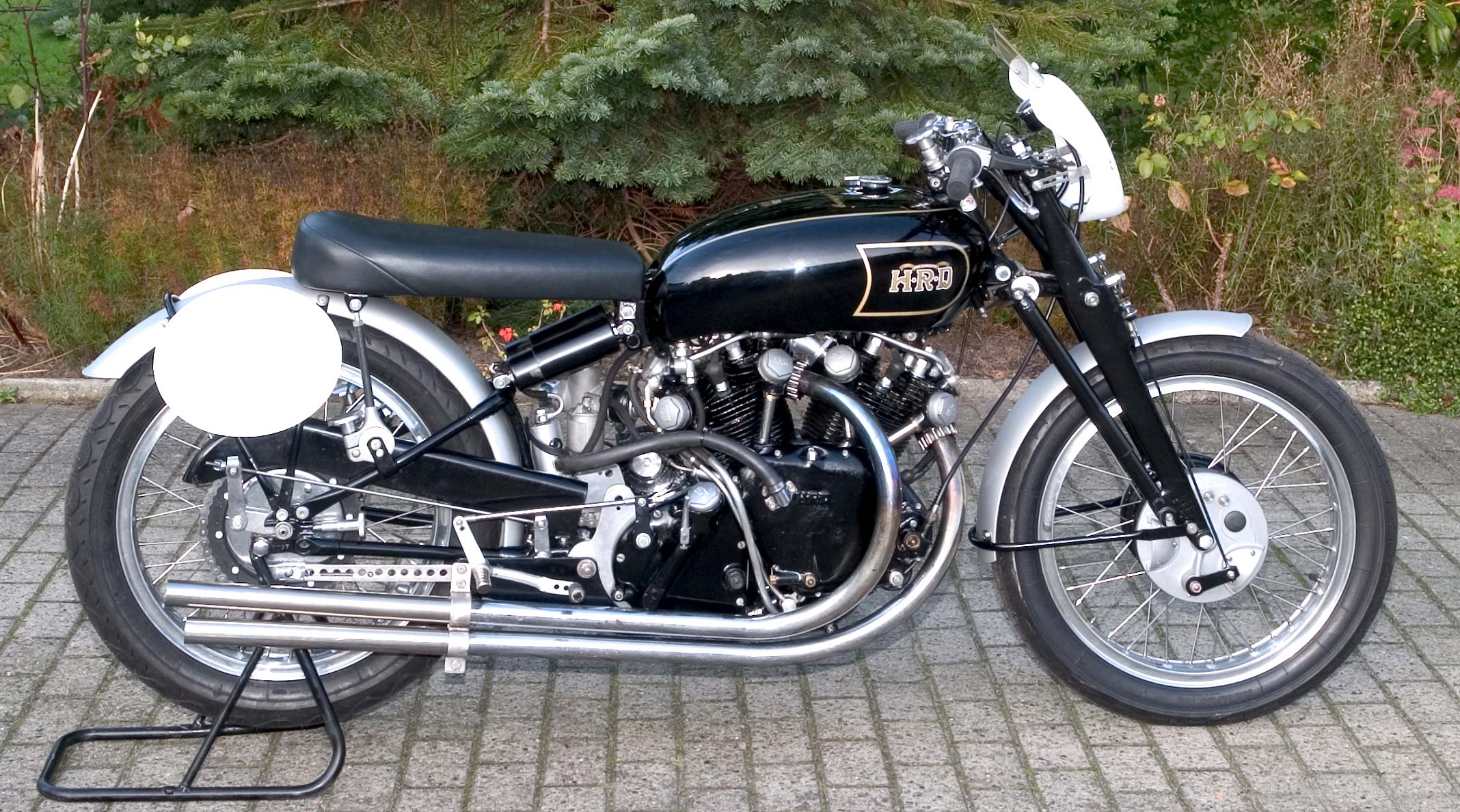|
Kawasaki Z800
The Kawasaki Z800 is a Z series four-cylinder standard motorcycle A motorcycle (motorbike, bike, or trike (if three-wheeled)) is a two or three-wheeled motor vehicle steered by a handlebar. Motorcycle design varies greatly to suit a range of different purposes: long-distance travel, commuting, cruising ... made by Kawasaki from 2013 through 2016, replaced by the Z900 for 2017. History Using the nomenclature of the Kawasaki's Z series begun in 1972, the Z800 is the follow-up of the Z750 which had been introduced in 2004 as successor of the ZR-7. References External links * Z800 review at topspeed.com– with UK specs Z800 road test at 1000ps.at (German language)– with picture gallery and videos Z800 Standard motorcycles Motorcycles introduced in 2013 {{motorcycle-stub ... [...More Info...] [...Related Items...] OR: [Wikipedia] [Google] [Baidu] |
Kawasaki Heavy Industries Motorcycle & Engine
Kawasaki Heavy Industries Motorcycle & Engine Company (川崎重工業モーターサイクル&エンジンカンパニー) is a division of Kawasaki Heavy Industries that produces motorcycles, All-terrain vehicle, ATVs, utility vehicles, jet ski personal watercraft, and general-purpose petrol engines. Before the 2011 fiscal year it was called Consumer Products & Machinery. Its slogan is "Let the good times roll!" Motorcycles Kawasaki's Aircraft Company began the development of a motorcycle engine in 1949. The development was completed in 1952 and mass production started in 1953. The engine was an air-cooled engine, air-cooled, 148 cc, Overhead valve, OHV, four-stroke engine, four-stroke single cylinder engine, single cylinder with a maximum power of at 4,000 rpm. In 1954, the first complete Kawasaki Motorcycle was produced under the name of Meihatsu, a subsidiary of Kawasaki Aircraft. In 1960, Kawasaki completed construction of a factory dedicated exclusively to mot ... [...More Info...] [...Related Items...] OR: [Wikipedia] [Google] [Baidu] |
Stressed Engine
A stressed member engine is a vehicle engine used as an active structural element of the chassis to transmit forces and torques, rather than being passively contained by the chassis with anti-vibration mounts. Automotive engineers use the method for weight reduction and mass centralization in vehicles. Applications are found in several vehicles where mass reduction is critical for performance reasons, usually after several iterations of conventional frame/chassis designs have been employed. Applications Motorcycles Stressed member engines was patented in 1900 by Joah ("John") Carver Phelon and his nephew Harry Rayner. and were pioneered at least as early as the 1916 Harley-Davidson 8-valve racer, and incorporated in the production Harley-Davidson Model W by 1919. The technique was developed in the 20th century by Vincent and others, and by the end of the century was common feature of chassis built by Ducati, BMW and others. In 2019, KTM Duke 790's engine is used as a stres ... [...More Info...] [...Related Items...] OR: [Wikipedia] [Google] [Baidu] |
Kawasaki Motorcycles
Kawasaki motorcycles are manufactured by the Motorcycle & Engine division of Kawasaki Heavy Industries. History Kawasaki Aircraft initially manufactured motorcycles under the Meguro name, having bought an ailing motorcycle manufacturer, Meguro Manufacturing with whom they had been in partnership. This eventually became Kawasaki Motor Sales. Some early motorcycles display an emblem with "Kawasaki Aircraft" on the fuel tank. During 1962, Kawasaki engineers were developing a four-stroke engine for small cars. Then some of the engineers transferred to the Meguro factory to work on the Meguro K1 and the SG, a single cylinder 250 cc OHV. In 1963, Kawasaki and Meguro merged to form Kawasaki Motorcycle Co.,Ltd. Kawasaki motorcycles from 1962 through 1967 used an emblem which can be described as a flag within a wing. Work continued on the Meguro K1, a copy of the BSA A7 500 cc vertical twin. and on the Kawasaki W1. The K2 was exported to the U.S. for a test in respons ... [...More Info...] [...Related Items...] OR: [Wikipedia] [Google] [Baidu] |
Kawasaki ZR-7
The Kawasaki ZR-7 (and ZR-7S), (ZR750-H1 through ZR750-H5) is a standard motorcycle manufactured by the Japanese motorcycle manufacturer Kawasaki. It was sold in the United States from 1999 through 2003, and sold in a few other countries through the 2005 model year. The major differences between the ZR-7 and the ZR-7S models were the "S" model's fairing and associated headlight and instrument cluster, and stiffer fork springs. Both models are powered by an inline 4-cylinder 4-stroke, double-overhead-cam DOHC An overhead camshaft (OHC) engine is a piston engine where the camshaft is located in the cylinder head above the combustion chamber. This contrasts with earlier overhead valve engines (OHV), where the camshaft is located below the combustion cha ... air-and-oil-cooled 738 cc engine, generating 57 kW and 63 N·m. Carburetors are four constant-velocity (CV) Keihin CVK 32 mm. Final drive is via chain; the transmission is a 5-speed (equipped with positive neutral finder), coup ... [...More Info...] [...Related Items...] OR: [Wikipedia] [Google] [Baidu] |
Cycle World
''Cycle World'' is a motorcycling magazine in the United States. It was founded in 1962 by Joe Parkhurst, who was inducted to the Motorcycle Hall of Fame as "the person responsible for bringing a new era of objective journalism" to the US. ''Cycle World'' was the largest motorcycling magazine in the world. The magazine is headquartered in Irvine, California. Regular contributors include Peter Egan and Nick Ienatsch. Previous or occasional contributors have included gonzo journalist and author Hunter S. Thompson, journalist and correspondent Henry N. Manney III, and professional riding coach Ken Hill. Parkhurst sold ''Cycle World'' to CBS in 1971. CBS executive Peter G. Diamandis and his associates bought CBS Magazines from CBS in 1987, forming Diamandis Communications, which was acquired by Hachette Magazines the following year, 1988. In 2011, Hachette sold the magazine to Hearst Corporation, which in turn sold ''Cycle World'' to Bonnier Corporation Bonnier LLC (formerl ... [...More Info...] [...Related Items...] OR: [Wikipedia] [Google] [Baidu] |
Motorcycle
A motorcycle (motorbike, bike, or trike (if three-wheeled)) is a two or three-wheeled motor vehicle steered by a handlebar. Motorcycle design varies greatly to suit a range of different purposes: long-distance travel, commuting, cruising, sport (including racing), and off-road riding. Motorcycling is riding a motorcycle and being involved in other related social activity such as joining a motorcycle club and attending motorcycle rallies. The 1885 Daimler Reitwagen made by Gottlieb Daimler and Wilhelm Maybach in Germany was the first internal combustion, petroleum-fueled motorcycle. In 1894, Hildebrand & Wolfmüller became the first series production motorcycle. Globally, motorcycles are comparably popular to cars as a method of transport. In 2021, approximately 58.6 million new motorcycles were sold around the world, fewer than the 66.7 million cars sold over the same period. In 2014, the three top motorcycle producers globally by volume were Honda (28%), Yamaha (17 ... [...More Info...] [...Related Items...] OR: [Wikipedia] [Google] [Baidu] |
Kawasaki Z Series
The Kawasaki Z series is a family of standard/ naked bikes manufactured by Kawasaki since 1972. Single cylinder * Z200/KZ200 (1977-1984) * Z125 (2018–present) * Z125 PRO (2015–present) * Z250SL (2014–present) Parallel-twin * Z250 (2013–present) * Z300 (2014–2018) * Z400/KZ400 (1974–1984) * Z400 (2018–present) * Z650 (2017–present) * Z750 twin (1976–1976) Inline-four * Z400-J/KZ400-J (1980–1983) * Z500/Z550 (1979–1985) * Z650 (1976–1983) * Z750/Z2 (1973–1978) * Z750 (2004–2013) * Z800 (2013–2016) * Z900 (2017–present) * Z900RS/Z900RS CAFE (2018–present) * Z1 (1972–1975) * Z900/KZ900 (1976–1977) * Z1000/KZ1000 (1977–2005) * Z1000 (2003–2016) * Z1100 (1980–1986) * Z H2 (2020–2021) Inline-six * Z1300 (1979–1989) See also * Kawasaki KZ750 (1976–1987) * Kawasaki Zephyr (1989–2000) * Kawasaki ZRX1100 (1997–2005) * Kawasaki ZRX1200R (2001–2008) * Kawasaki ZR-7 (1999–2005) * Kawasaki GPZ series (198 ... [...More Info...] [...Related Items...] OR: [Wikipedia] [Google] [Baidu] |
Kawasaki Z1000
The Kawasaki Z1000 is a four-cylinder motorcycle introduced in 2003 with streetfighter or standard styling. The Z1000 was first introduced in 1977 superseding the previous 903 cc capacity Z1/Z900. History Kawasaki introduced the Z1 (900) motorcycle in 1972 as the first of the Kawasaki Z series, with four cylinders, dual overhead camshafts and , followed by a 1015 cc version designated Z1000. In 2003 Kawasaki introduced a completely revamped 30-year anniversary edition of the Z1000. It used a modified engine from the Kawasaki ZX-9R, and was bored out by 2.2 mm resulting in bigger displacement, more low-RPM torque, and only a slight power loss of 4 bhp from the original ZX9. In 2004, Kawasaki released the Z1000's smaller brother, the Z750. In 2007, Kawasaki released a new Z1000. In October 2009, Kawasaki unveiled the 2010 Z1000. It had a new aluminum frame, digital instrument panel, bodywork, and engine. Bore and stroke are 77 x 56 mm, 1 mm mor ... [...More Info...] [...Related Items...] OR: [Wikipedia] [Google] [Baidu] |
Brake Caliper
A disc brake is a type of brake that uses the calipers to squeeze pairs of pads against a disc or a "rotor" to create friction. This action slows the rotation of a shaft, such as a vehicle axle, either to reduce its rotational speed or to hold it stationary. The energy of motion is converted into waste heat which must be dispersed. Hydraulically actuated disc brakes are the most commonly used form of brake for motor vehicles, but the principles of a disc brake are applicable to almost any rotating shaft. The components include the disc, master cylinder, and caliper (which contains a cylinder and two brake pads) on both sides of the disc. Design The development of disc-type brakes began in England in the 1890s. In 1902, the Lanchester Motor Company designed brakes that looked and operated in a similar way to a modern disc-brake system even though the disc was thin and a cable activated the brake pad. Other designs were not practical or widely available in cars for another 60 ... [...More Info...] [...Related Items...] OR: [Wikipedia] [Google] [Baidu] |
Monoshock
A motorcycle's suspension serves a dual purpose: contributing to the vehicle's handling and braking, and providing safety and comfort by keeping the vehicle's passengers comfortably isolated from road noise, bumps and vibrations. The typical motorcycle has a pair of fork tubes for the front suspension, and a swingarm with one or two shock absorbers for the rear suspension. Front suspension The most common form of front suspension for a modern motorcycle is the telescopic fork. Other fork designs are girder forks, suspended on sprung parallel links (not common since the 1940s) and bottom leading link designs, not common since the 1960s. Some manufacturers (e.g. Greeves) used a version of the swinging arm for front suspension on their motocross designs. A single-sided version of the idea is also used in motor scooters such as the Vespa. The hub-center steering as developed by Ascanio Rodorigo, on a concept associated to Massimo Tamburini is a complex front swingarm alternat ... [...More Info...] [...Related Items...] OR: [Wikipedia] [Google] [Baidu] |
Motorcycle Fork
A motorcycle fork connects a motorcycle's front wheel and axle to its frame, typically via a yoke, also known as a triple clamp, which consists of an upper yoke joined to a lower yoke via a steering stem, a shaft that runs through the steering head, creating the steering axis. Most forks incorporate the front suspension and front brake, and allow the front wheel to rotate about the steering axis so that the bike may be steered. Most handlebars attach to the top clamp in various ways, while clip-on handlebars clamp to the fork tubes, either just above or just below the upper triple clamp. The fork and its attachment points on the frame establish the critical geometric parameters of rake and trail, which play a major role in defining how a motorcycle handles and dives during braking. While the standard telescopic fork arrangement is found with few major differences among mainstream street motorcycles since the 1970s, historically there have been many variations, including trailin ... [...More Info...] [...Related Items...] OR: [Wikipedia] [Google] [Baidu] |
Motorcycle Frame
A motorcycle frame is a motorcycle's core structure. It supports the engine, provides a location for the steering and rear suspension, and supports the rider and any passenger or luggage. Also attached to the frame are the fuel tank and battery. At the front of the frame is found the steering head tube that holds the pivoting front fork, while at the rear there is a pivot point for the swingarm suspension motion. Some motorcycles include the engine as a load-bearing stressed member; while some other bikes do not use a single frame, but instead have a front and a rear subframe attached to the engine. Materials In the early days, motorcycles were little more than motorised bicycles, and consequently frames were tubular steel. While the use of steel tubing is still common, in modern times other materials, such as titanium, aluminium, magnesium, and carbon-fibre, along with composites of these materials, are now used. As different motorcycles have varying design parameters (such as ... [...More Info...] [...Related Items...] OR: [Wikipedia] [Google] [Baidu] |









